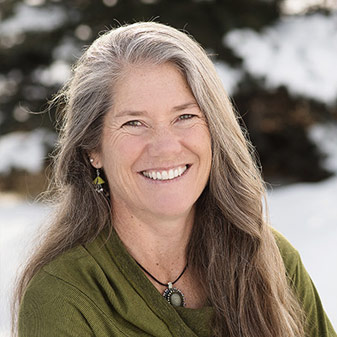DOWNLOAD THE FULL REPORT
Introduction

In 1997, PERC issued a paper, Back to the Future to Save Our Parks, which examined the potential for creating self-sufficient national parks (that is, parks supported by visitor fees, donations, and grants rather than appropriations). As a companion piece PERC released a research study, Parks in Transition: A Look at State Parks, that gave detailed information about many state parks. The following paper updates that research and provides a sketch of 30 state park systems between 1995 and 2002. It offers a brief look at the physical characteristics of each system, its amenities and programs, visitation, fees, and funding sources. Findings come primarily from a survey of 30 park systems as well as some media sources.
One of the greatest challenges facing state parks is their ability to serve a growing public with limited financial support. Several states have generated new strategies for financial support, and others are considering them because they anticipate decreased support from taxes. New support strategies include expanded user fees, concession contracts, “friends” groups, corporate sponsorships, and endowment funds. Here are highlights from our survey:
Private Donations
Private and corporate donors are becoming a popular means to get the work done at many state parks. “Friends” groups are composed of volunteers who donate time for park interpretation, amenity improvements, and even emergency assistance. The benefits received through such groups can run into the millions of dollars. Some systems have created endowment funds to accept private and corporate donations to help cover stewardship expenses. Corporate partners have helped states renovate buildings and finance education centers. Private partnerships are a growing and important tool to help maintain parks and their natural treasures.
Concessions
Many parks contract with the private sector for commercial services. Typically, they grant concessions for marinas, food service, horse and equipment rentals, and accommodations. The private sector can often operate these facilities at a lower cost than the park agency can. In return, the private contractor pays a percent of gross revenues, anywhere from about 2 to 30 percent, and may also maintain and build capital structures. Some park systems not yet using concession contracts have proposed them as a cost-saving measure.
Differential Pricing
Multi-level or differential pricing is also helping to raise revenues and to reduce congestion for popular park activities. Park fees, on average, are low – with the average resident vehicle paying only $1.13 in 2002 for entrance fees. But many parks no longer charge flat fees for all parks or activities. Many park systems charge higher fees when more amenities are provided. For example, a lakeside campground will cost more than one in the meadow, or a developed site will cost more than a primitive one. Fees are higher in prime season than in the shoulder season and higher during the weekend than in mid-week. This differential pricing encourages more visitors when there is ample space to accommodate them, discourages congestion, and helps defray the costs of excessive use. Overpricing does not appear to be a problem; even in New Hampshire, which has an entirely self-funded park system, charges nominal day-use fees in the range of $3 per day and an annual parks pass costs $50.
Retaining Fees
A large number of state park systems are able to retain the revenues earned by the parks and use them in the parks. This differs from the national park system, where the majority of revenues are returned to the federal treasury. Holding onto the fees encourages park managers to serve the customers who pay the fees and thus provides a direct link between the manager and the park user. Through their revenues, park users inform managers of the amenities they desire, and park managers have an incentive to prioritize spending in the light of those desires.
Every park manager surveyed felt funding was a key issue as they sought to protect the natural resources of the park and to provide public enjoyment. Whatever the source of funds – whether revenues or legislated appropriations – the parks’ personnel take great care to maintain the balance between this protection and enjoyment. The big difference among park systems lies in the incentives the managers have to raise revenues and the ability to respond directly to park users. Reliance on appropriations is subject to the changing winds of politics, state budget revenues, and other state budgetary needs. Self-financing allows more autonomy and creates a direct relationship between the park personnel and park users. It allows managers to prioritize spending in response to park users and resource needs.



